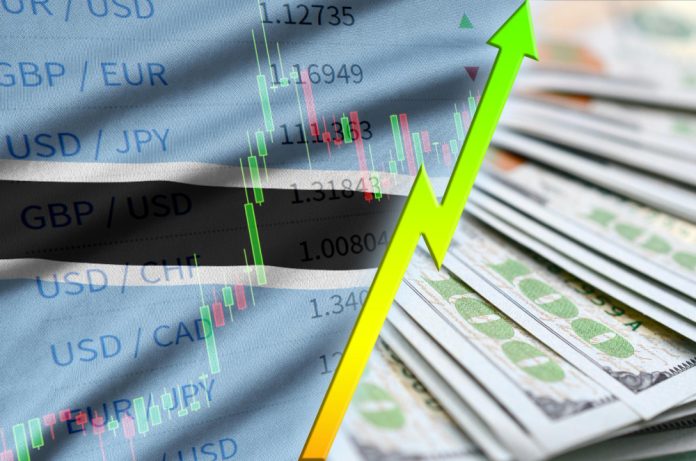A key inflation gauge closely monitored by the Federal Reserve showed a slight cooling last month, indicating that inflation may be easing after a high start to the year.
The Commerce Department’s report on Friday revealed that an index excluding volatile food and energy costs rose by 0.2% from March to April, down from 0.3% in the previous month, marking the slowest increase this year.
Year-over-year, these “core” prices increased by 2.8% in April, the same as in March. Overall inflation rose by 0.3% from March to April and 2.7% from the previous year, both unchanged from March.
These figures might reassure Federal Reserve officials, who have aggressively raised interest rates to combat inflation, that price pressures are starting to ease. Fed Chair Jerome Powell has expressed expectations that inflation, after rising in the first quarter of 2024, will continue to cool in the coming months. However, Powell has emphasized that the central bank needs “greater confidence” in a sustainable inflation slowdown before considering rate cuts.
“April is a first step in the right direction, but much work remains,” commented Stephen Stanley, chief U.S. economist at Santander, an investment bank.
The Fed prefers the personal consumption expenditures (PCE) price index released on Friday over the more well-known consumer price index (CPI). The PCE index accounts for changes in consumer shopping habits when inflation rises, such as switching from national brands to cheaper store brands.
Inflation fell sharply in the second half of last year but remained above the Fed’s 2% target in early 2024. With rising costs for rents, groceries, and gasoline affecting voters, Donald Trump and his Republican allies have blamed President Joe Biden as the presidential campaign intensifies.
Friday’s report also indicated that income growth slowed and spending cooled sharply in April, a trend that could help moderate economic growth and inflation and potentially please the Fed.
After adjusting for inflation, after-tax incomes fell by 0.1% in April, the second such decline this year. Consumer spending also dropped by 0.1% when adjusted for inflation, suggesting modest economic growth in the current April-June quarter. The Fed may view this data as evidence of economic cooling, which could help restrain inflation later this year.
Many Americans, especially lower-income workers, have been reducing spending due to rising expenses, prompting some businesses to lower prices. Recently, chains like McDonald’s, Target, and Walmart have announced price reductions or temporary discounts.
Grocery prices eased last month, though they remain significantly higher than pre-pandemic levels. Prices for durable goods also dropped, led by cheaper new and used cars, furniture, and appliances. The cost of used cars has decreased by nearly 5% over the past year.
However, gas prices rose by 2.7% from March to April. The costs of many services also increased faster than the Fed would prefer. For instance, restaurant meal prices rose by 0.3% from March to April and are up 4% from a year earlier. Entertainment costs, including movies and concerts, surged by 7.4% over the past year.
Recent remarks by Fed officials have emphasized their commitment to maintaining high borrowing costs as long as necessary to fully curb inflation. As of March, the Fed’s policymakers had projected three rate cuts this year, potentially starting in June. However, Wall Street traders now anticipate just one rate cut in November.
John Williams, president of the Federal Reserve Bank of New York, stated on Thursday that he expects inflation to start cooling again in the second half of the year. Until then, Powell has indicated that the central bank is prepared to keep its key rate at 5.3%, the highest level in 23 years.
Williams predicts that inflation, according to the Fed’s measure, will cool only slightly to a 2.5% annual pace by the end of the year, not reaching the Fed’s 2% target until next year.
The Fed has raised its benchmark rate from near zero to its current peak over 15 months, the fastest increase in four decades, to combat inflation. This has resulted in significantly higher rates for mortgages, auto loans, and other consumer and business borrowing.
In Europe, inflation unexpectedly rose to a yearly rate of 2.6% in May from 2.4%, according to official figures released on Friday, indicating that rising prices are not yet fully controlled in the eurozone. Despite this, the European Central Bank is expected to proceed with an interest rate cut at its meeting next week.
Featured Image: Freepik









